The top exercises that can worsen dentists' health
Your exercise routine may be the most damaging part of your lifestyle-are you making these critical mistakes in your workouts?
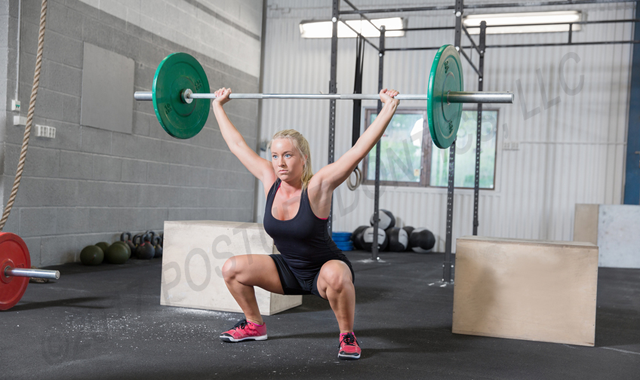
Crossfit, P90X, Pilates, gym machines: exercise regimens are good for you, right? Wrong! Due to dentist’s predisposition to unique muscle imbalances, certain exercises and gym machines should not only be modified, but eliminated altogether!
Unfortunately, most healthcare professionals do not realize this, and they give dental professionals the same exercises they give everyone else who walks in their door. This can throw dentists into the “vicious pain cycle.”
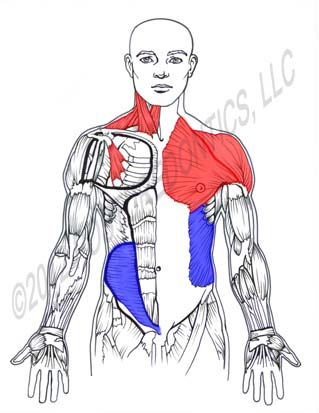
The delivery of dental care requires excellent endurance of the shoulder girdle, rotator cuff and core stabilization muscles for safe shoulder movement and working posture (Fig. 1a-in blue). These stabilizing muscles tend to fatigue quickly with forward head, rounded back and elevated arm postures-all commonly seen among dental operators. When these muscles fatigue, other muscles compensate and become overworked, tight and oftentimes painfully ischemic (Fig. 1b-in red).
Related reading: Why all exercise is not necessarily good exercise for dentists
There are many gym machines can worsen this imbalance in dentists. One example is the shoulder abduction machine (Fig. 2), which can over-strengthen the deltoid and supraspinatus muscles. These muscles already tend to be tight in dentists due to frequent lifting of the arms away from the sides of the body. This imbalance can cause improper movement at the shoulder joint, possibly resulting in painful impingement of the rotator cuff tendon and a myriad of other shoulder dysfunctions. Instead, specific rotator cuff stabilizing muscles should be targeted in the dental professional’s exercise program
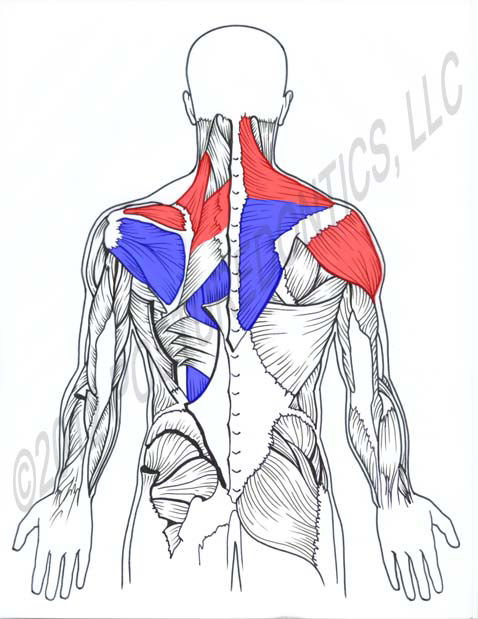
P90x and Crossfit are both fitness crazes that feature a brief 20-30 minute intense circuit-type workout. The downside of these regimens is that if you aren’t properly conditioned, you fatigue quickly, which leads to poor form and poor stability, which in turn then leads to injury-frequently of tendons. Dentists should modify or eliminate many of the exercises in these regimens.
The upright row (Fig. 3) is one example of a P90X exercise that dentists should consider removing altogether from their routine. While this may be fine for the general public, dental professionals are highly prone to an imbalance between the upper trapezius and middle/lower trapezius muscles, often resulting in painful trapezius myalgia.
More from the author: 3 ergonomic mistakes that could end your dental career
Fig. 2
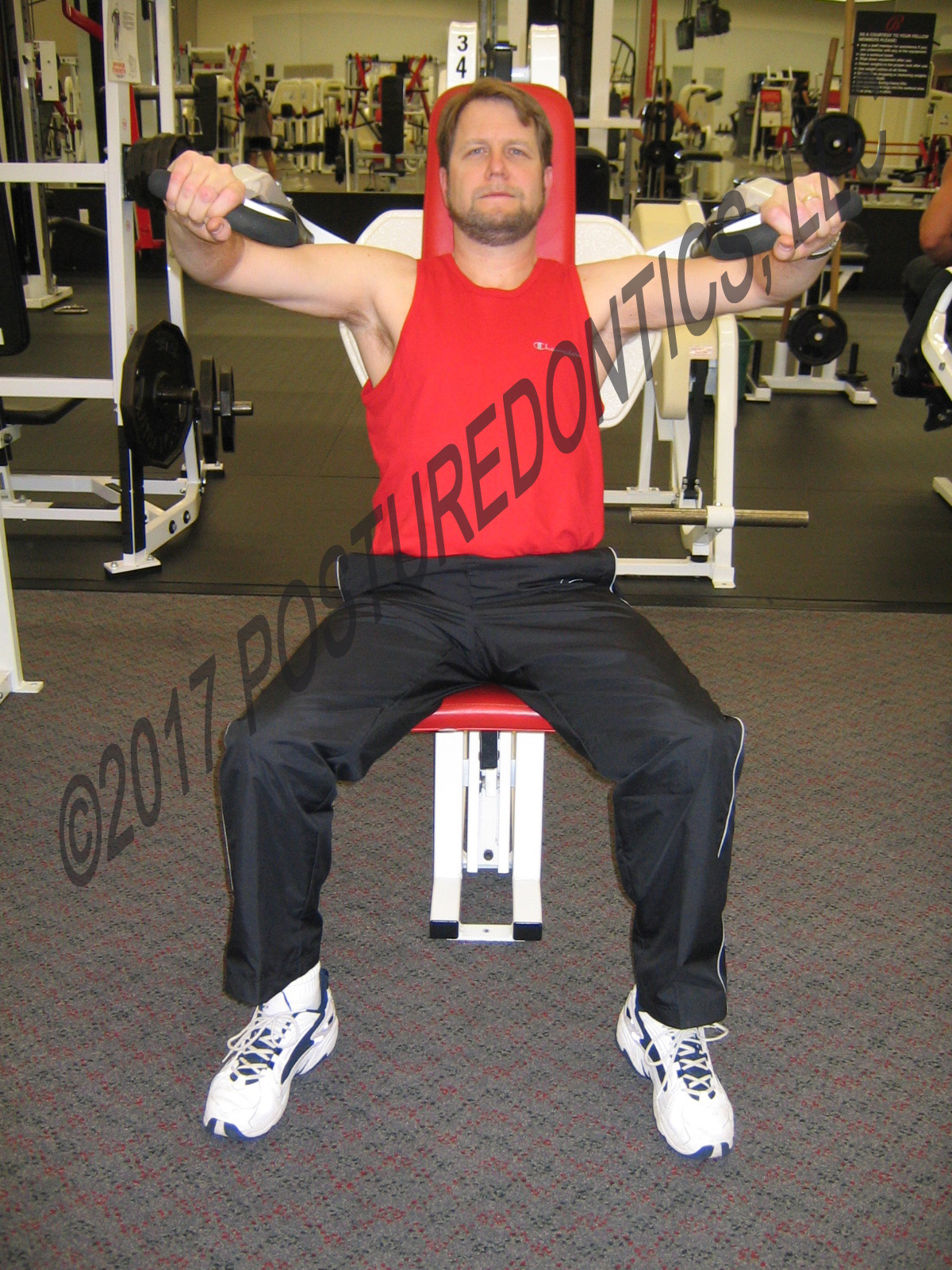
Many of the Crossfit exercises are unsafe. However, the overhead deadlift (Fig. 4) is undoubtedly the most unsafe exercise for dentists, as it is a ballistic movement with little stabilization that places a heavy load on the upper trapezius and shoulder joint. Both areas are prone to injury in dental professionals.
Many of the original Pilates exercises lacked a stability component, causing them to be unsafe. Based on today’s scientific evidence, the APPI (Australian Physiotherapy & Pilates Institute) has modified and/or eliminated many of the original Pilates exercises to make them safe. There are eight of the original Joseph Pilates exercises that should be eliminated altogether, and several more that should be modified. One example of a Pilates exercise to eliminate is the Roll Over exercise (Fig. 5), which places a high compressive force on the cervico-thoracic junction and should be avoided
Fig. 3
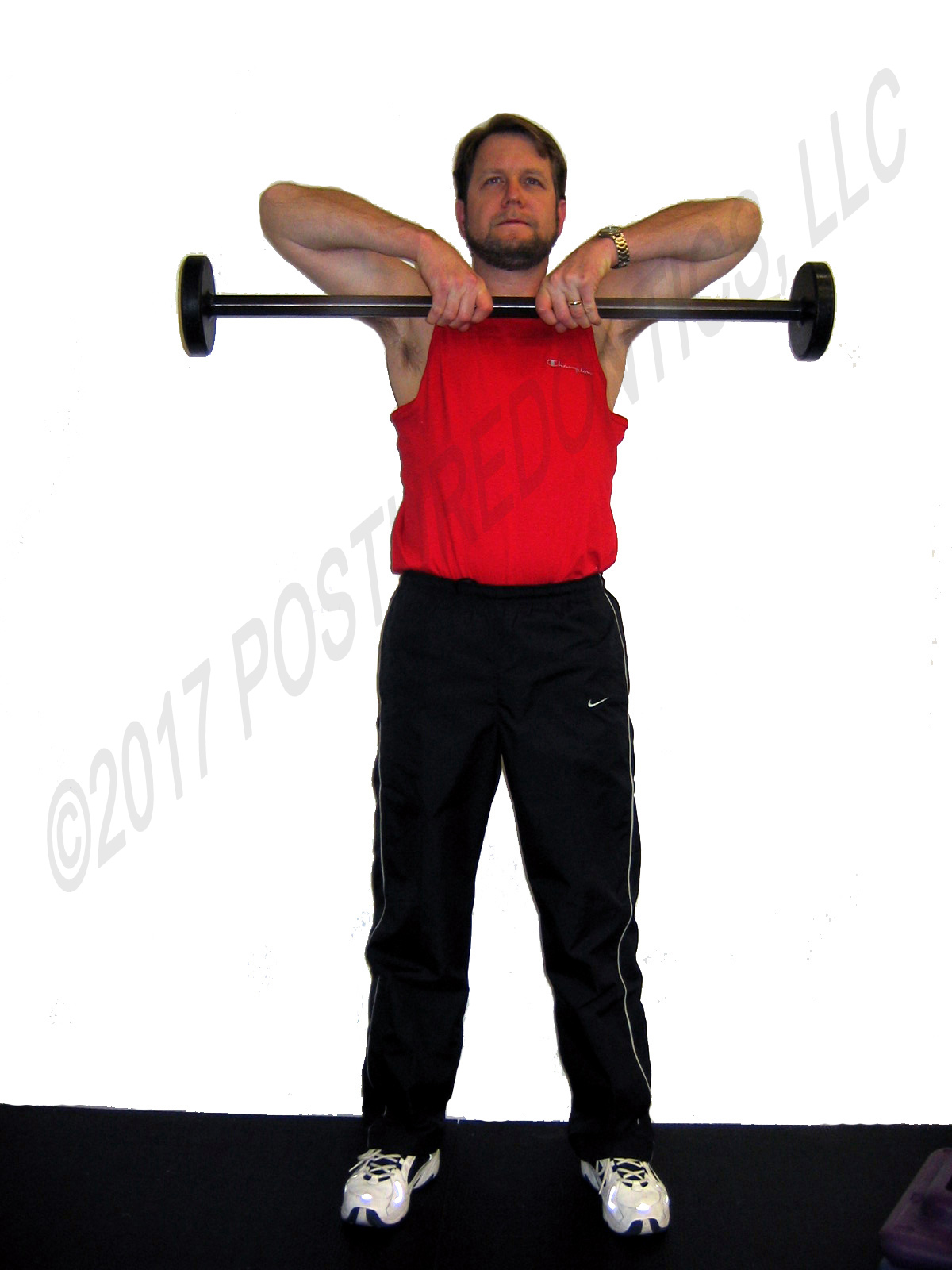
I love yoga for dental professionals, however many of the poses should be modified, especially for female dental professionals. Since women tend to be more flexible than men, they are vulnerable to over-extension injuries and hand/wrist injuries. Weight bearing through an extended wrist dramatically increases pressure in the carpal tunnel and should be avoided.
More from the author: are dental loupes improving or worsening your health?
Developing an effective exercise regimen
This is just a partial list of numerous exercises, gym machines, Pilates, P90X and Crossfit exercises that are problematic for dental professionals. An effective exercise regimen for dental professionals will correct their imbalances by targeting key shoulder girdle, rotator cuff, trunk and back stabilizing muscles, without engaging the muscles that are prone to tightness and ischemia.
Fig. 4

This requires expert knowledge of biomechanics, kinesiology, anatomy and dental ergonomics. In addition, specific muscles that are prone to tightness and ischemia must be targeted with stretching exercise and avoid over-strengthening. These concepts are the cornerstone of my “Home Exercise Program for Dental Professionals.” The DVD fuses the latest research on preventive exercises for neck and back pain with Pilates, yoga and dental ergonomics. Each exercise targets a specific movement, position or pain syndrome common in the dental operatory.
Fig. 5
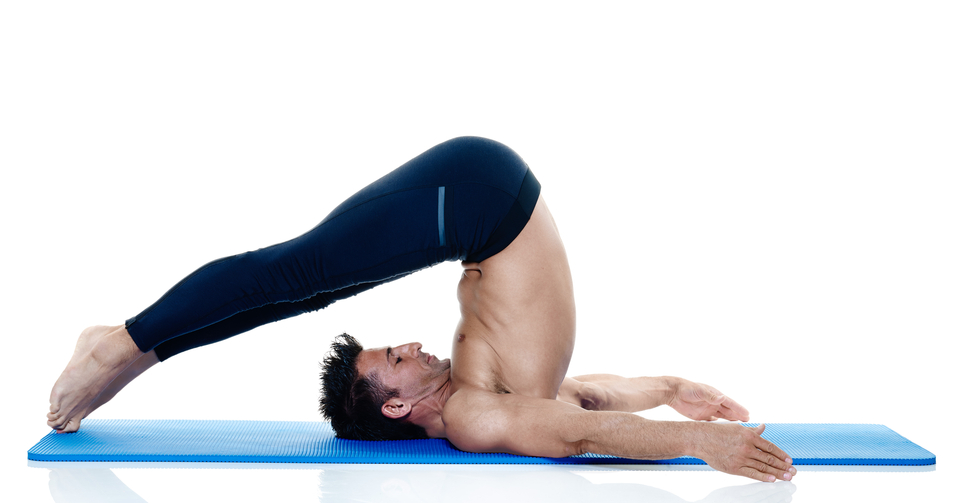
As long as you are delivering dental care chairside, you should be regularly correcting your muscle imbalances with proper exercise, since dentistry is an exacerbating activity. Resolve to make 2017 a year to balance your musculoskeletal health!
Oral Health Pavilion at HLTH 2024 Highlighted Links Between Dental and General Health
November 4th 2024At HLTH 2024, CareQuest, Colgate-Palmolive, Henry Schein, and PDS Health launched an Oral Health Pavilion to showcase how integrating oral and general health can improve patient outcomes and reduce costs.
Episode 31: Dentsply Sirona Implant Announcements
September 30th 2021DPR’s Editorial Director Noah Levine sat down with Gene Dorff, Dentsply Sirona’s group vice president of implants and Dr. Dan Butterman to review several big announcements the company made in the arena of implants during Dentsply Sirona World 2021 in Las Vegas.